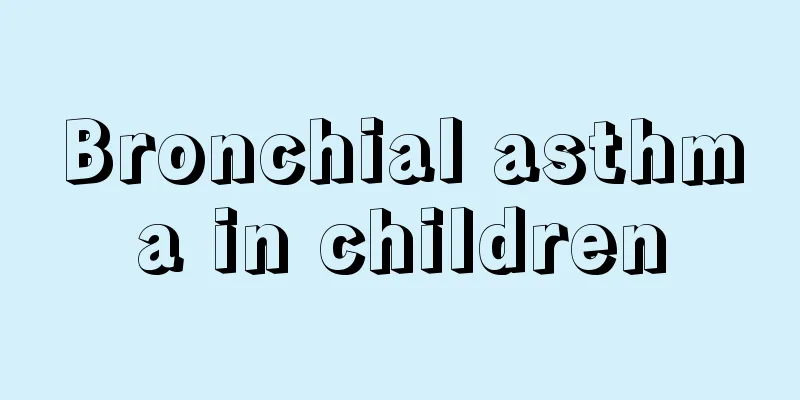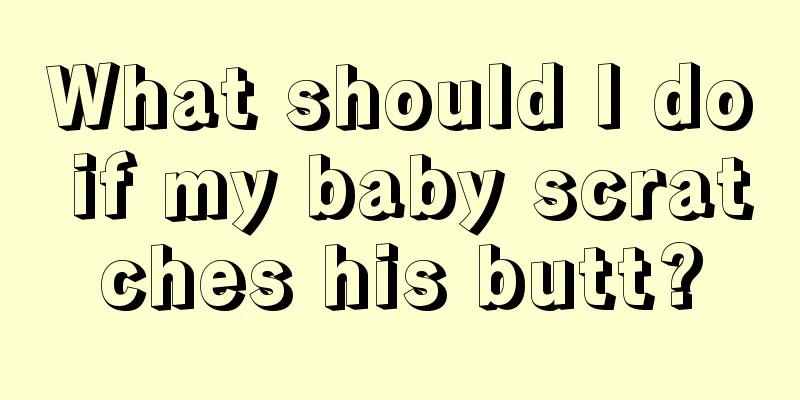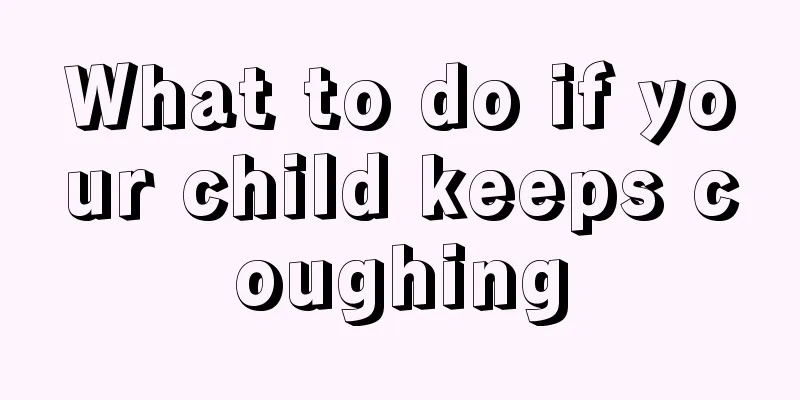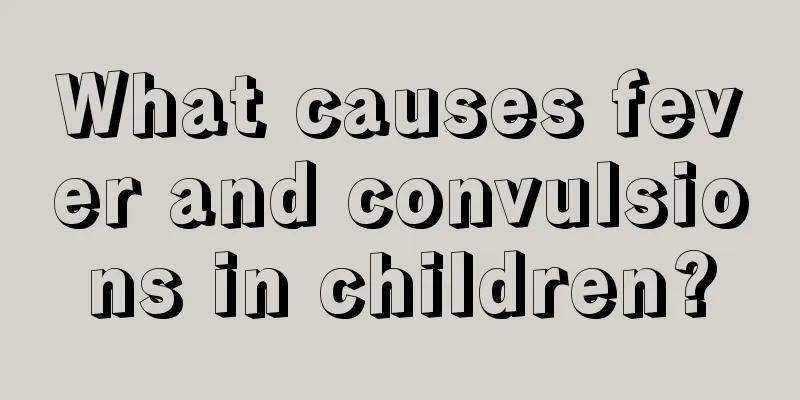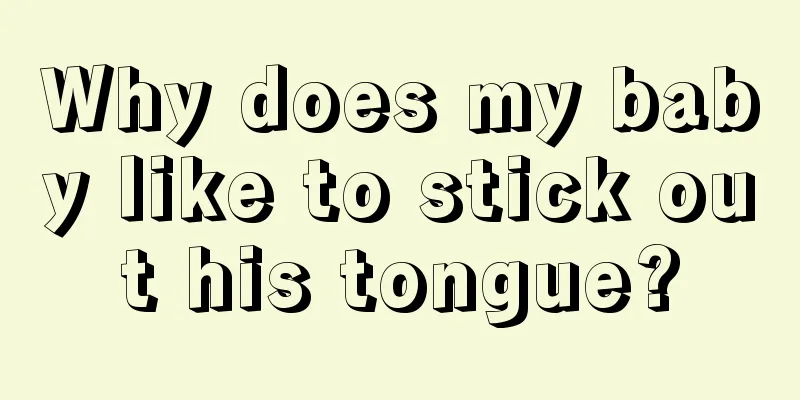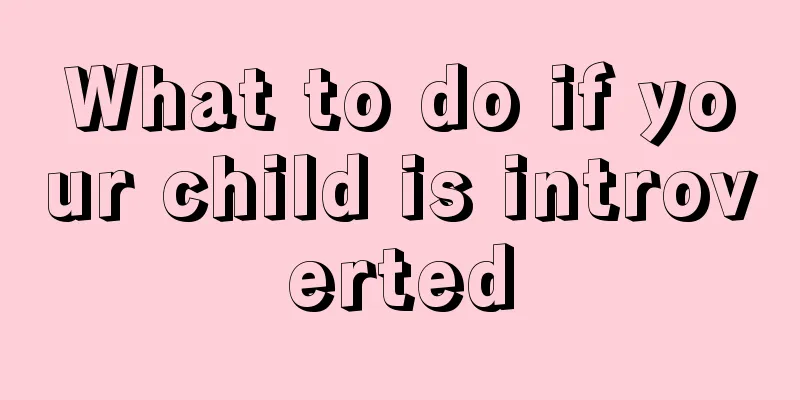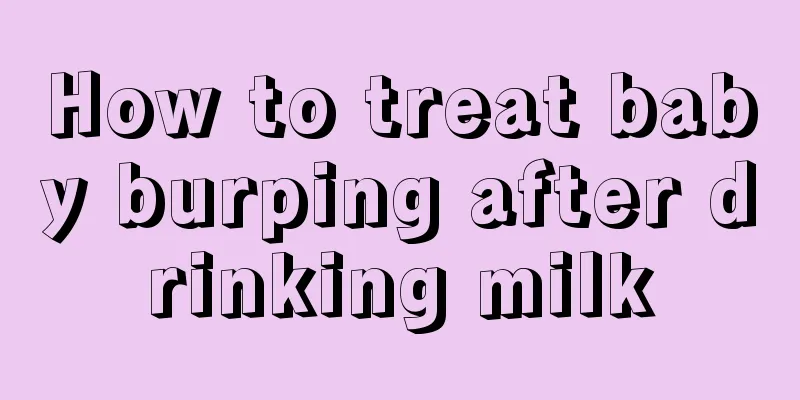Newborn hug reflex?

|
As the baby grows, parents need to pay attention to observe the baby's physical changes at all times. Only by careful observation can they have a good understanding of the baby's physical health. Many babies will have a hug reflex as they grow up. Most parents do not particularly understand the hug reflex. In fact, the hug reflex is a normal physiological phenomenon, and parents do not need to worry too much. The hug reflex is the most defensive reflex of an infant. When the mother or family member suddenly walks to the child or makes a noise when the baby is under 3-4 months old, the child will find that his arms will be extended and straightened out, and then bend and bring to the chest in a hugging position. This is a physiological phenomenon, medically known as the hug reflex.Moro reflex is also known as the startle reflex. This reflex can be caused by hitting the mattress on both sides of the child's head. It is best to hold the child's head and back with your hands, so that he or she is in a sloped position with the trunk at a 30-degree angle to the bed. Then quickly tilt the head back 10 to 15 degrees to cause abduction of the upper and lower limbs, while straightening the trunk and fingers, and then flexing the upper limbs to present a hug. The hug reflex is an inherent reflex of the spinal cord and is an unconditioned reflex. The lack of this hug reflex means that the child's brain and nervous system are not fully developed, or there may be damage or lesions in the nervous system, intracranial hemorrhage or other intracranial diseases. It gradually disappears with the development of the higher centers of the cerebral cortex. This reflex becomes obvious 3 months after birth and disappears completely after 6 months. The absence of this reflex in the neonatal period indicates brain damage. If one upper limb lacks the startle reflex, it indicates brachial plexus paralysis or clavicle fracture due to birth injury or other reasons. When there is brain damage or acute disease, the startle reflex may be delayed or disappear. If it still occurs after 4 months, attention should be paid. If it still occurs after 9 months, it is a characteristic of chronic brain disease.
The hug reflex is a reflex reaction of babies. As we all know, babies have many reflex reactions, but we need to treat them differently and know the reasons why they occur. The hug reflex is an inherent reflex of the spinal cord and is an unconditioned reflex. The lack of this hug reflex means that the child's brain and nervous system are not fully developed, or there may be damage or lesions in the nervous system, intracranial hemorrhage or other intracranial diseases. It gradually disappears with the development of the higher centers of the cerebral cortex. This reflex becomes obvious 3 months after birth and disappears completely after 6 months. The absence of this reflex in the neonatal period indicates brain damage. If one upper limb lacks the startle reflex, it indicates brachial plexus paralysis or clavicle fracture due to birth injury or other reasons. When there is brain damage or acute disease, the startle reflex may be delayed or disappear. If it still occurs after 4 months, attention should be paid. If it still occurs after 9 months, it is a characteristic of chronic brain disease. |
>>: Do newborns need to wear socks?
Recommend
Newborn head care methods
There are more and more problems with newborn hea...
What is the order in which children's teeth erupt?
Many young mothers are not very clear about some ...
What is the cause of coffee spots on babies’ faces?
Generally speaking, the skin quality of a newborn...
Is it normal for a four year old to lose teeth?
Tooth loss is a process that every child must go ...
Child's uncoordinated movements
It is understood that there are great differences...
What should I do if my child has a fever and high platelet count?
Children are very prone to fever, so families wit...
How many months is it normal for infants and young children to have teeth?
Every child is the best gift sent by God to his p...
What medicine should I apply to my child's mouth corner?
Whenever the seasons change, the weather will be ...
What causes babies to spit up? Beware of three major factors!
There are many reasons why babies spit up. Someti...
The child developed a rash after taking a bath
When children are young, there are two problems t...
What food is better for children with stomachache?
Children's stomach function is not yet fully ...
Can a child's strabismus heal itself?
If a child has strabismus, it is very serious and...
How much water is appropriate for babies to drink?
Today I will show you how much water is most appr...
Will hand, foot and mouth disease recur? Will hand, foot and mouth disease recur?
The ears cannot be healed after just one infectio...
What are the dangers of adenoids hypertrophy in 3-year-old babies?
Adenoids are one of the important parts of the hu...

